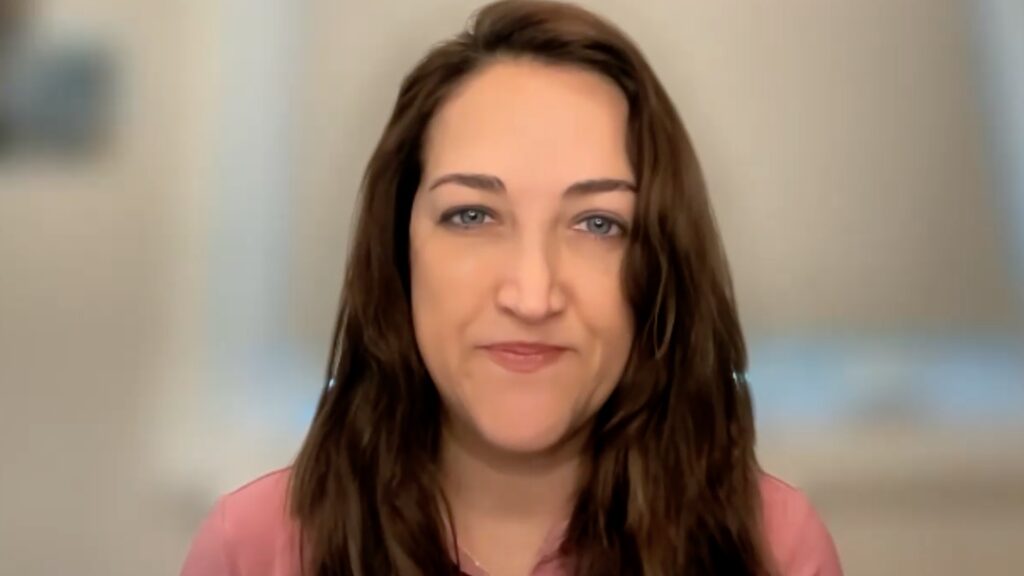As the number of cataract surgeries performed annually continues to rise, the expectations of patients grow and become more challenging.1 Many patients expect excellent visual results and perfect vision without spectacles all distances – far, intermediary and near. Recent advances in intraocular lens (IOL) technology has expanded the options for patients, ranging from next-generation monofocal IOLs for basic cataract surgery, to specialised premium IOLs for lens-based presbyopia correction and astigmatism correction at the time of cataract surgery. The latter include aspheric, toric, multifocal (MIOL) and extended depth of focus (EDOF) lenses.2-6
In this interview, Dr Kaymak discusses some of the challenges of premium IOLs and shares some tips for success.
What are the aims of an ideal intraocular lens (IOLs) and how often are these aims achieved?
The highest aim should always be to achieve the best possible patient satisfaction. This can be reached when the decision concerning which IOL is used is based on the patients’ needs. Besides this, adequate professional pre- and postoperative medical coverage of the patient is mandatory to achieve patient satisfaction in most cases.
What are the advantages and limitations of EDOF lenses?
The advantages of EDOF lenses compared to MIOLs are reduced photopic phenomena. However, reading speed is decreased in low light conditions. Also, the achievable contrast sensitivity minimally decreases compared to monofocal IOL but not as much as by MIOL like bi- or trifocal IOLs. Therefore, I would recommend the EDOF lenses to patients that want the independence of spectacles in their everyday life but feel comfortable with reading glasses.
What factors influence the choice between monofocal, aspheric, toric, multifocal and EDOF lenses?
It is important to find out what the patient wants, needs and expects after cataract surgery. The patient’s psychological profile must also be considered, and it needs to be evaluated how the patient will deal with any halo, glare and starburst phenomena that may occur in the first time after implantation of MIOLs. Limiting factors for the implantation of premium lenses may also occur in the anatomical conditions of the patients (e.g. keratoconus, Fuchs endothelial dystrophy, high order aberrations not caused by the lens and binocular visual disorders).
What is the most common cause of unsatisfactory visual acuity in premium IOLs?
There is always a risk of undiscovered macular pathologies if no OCT imaging was performed prior to cataract surgery. Despite this, dry eyes are a common cause of decreased vision. In order to avoid residual refractive error, the dry eye management needs to start prior to cataract surgery to be able to perform a good IOL-Power calculation based on clear measurements.
MIOL implantation in slightly myopic patients is also challenging, because these patients are used to clear vision in the near. The advantage of MIOLs to have a good vision over multiple distances is sometimes not perceived as an advantage by the patients.
What are the keys to success with premium IOLs?
A detailed preoperative education of the patient in which the realistic expectations after cataract surgery are conveyed is mandatory. The patient should be clearly informed about the previously named advantages and disadvantages of premium IOLs. In addition, a detailed preoperative diagnosis is necessary. These include corneal topography, pupil size measurement, wavefront analysis, OCT imaging and binocular status.
References
- Wang SY, Stem MS, Oren G, et al. Patient-centered and visual quality outcomes of premium cataract surgery: a systematic review. Eur J Ophthalmol. 2017;27:387-401.
- de Silva SR, Evans JR, Kirthi V, et al., Multifocal versus monofocal intraocular lenses after cataract extraction. Cochrane Database Syst Rev. 2016;12:Cd003169.
- Mencucci R, Favuzza E, Caporossi O, et al. Comparative analysis of visual outcomes, reading skills, contrast sensitivity, and patient satisfaction with two models of trifocal diffractive intraocular lenses and an extended range of vision intraocular lens. Graefes Arch Clin Exp Ophthalmol, 2018;256:1913-22.
- Schrecker J, Schroder S, Langenbucher A, et al. Individually Customized IOL Versus Standard Spherical Aberration-Correcting IOL. J Refract Surg. 2019;35:565-74.
- Rodov L, Reitblat O, Levy A, et al. Visual Outcomes and Patient Satisfaction for Trifocal, Extended Depth of Focus and Monofocal Intraocular Lenses. J Refract Surg. 2019;35:434-40.
- Kessel L, Andresen J, Tendal B, et al. Toric Intraocular Lenses in the Correction of Astigmatism During Cataract Surgery: A Systematic Review and Meta-analysis. Ophthalmology. 2016;123:275-86.
Publication date: November 27, 2019
Support: No funding was received in the publication of this article.
Author Biography
Dr Hakan Kaymak is a leading cataract and retina surgeon at Breyer, Kaymak & Klabe Augenchirurgie, Düsseldorf, Germany, and previously at Bundesknappschafts eye clinic, Sulzbach, Germany. He studied medicine at University of Tuebingen and is a leading researcher in the areas of myopia, retina and cataract.












